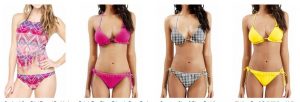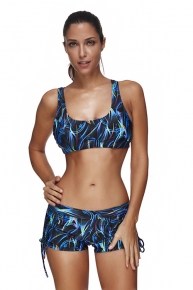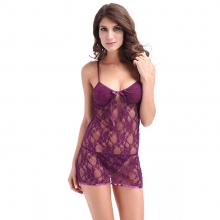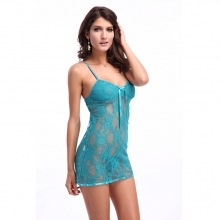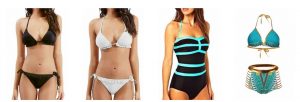Finding the perfect strapless bra can seem like a never-ending and never-fruitful task. For every good style, there are probably five or more that fall short in one way or another; whether it’s that the underwire digs in, or that it starts to slip down after ten minutes, or that it’s just plain unflattering.
If you’re yet to land yourself the perfect strapless bra then help is at hand, because the Telegraph fashion team have tried and tested a selection of bras to help you make a beeline for the perfect one for you…
Le corset pointu de Madonna créé par Jean Paul Gaultier, ça vous évoque quelque chose ? En mode, c’est ce que l’on appelle communément un “bullet bra”. Le truc, c’est que ce n’est pas notre cher Jean Paul Gaultier qui est à l’origine de ce design. Petit retour en arrière dans les années 1950, quand il était tout à fait de bon goût de se balader avec des seins pointus.
À l’époque, ces soutiens-gorge très pointus ont défrayé la chronique. En effet, une nouvelle technique de couture circulaire (dite du “whirlpool circle stitch”) donnait aux poitrines de celles qui les portaient un aspect “missile” particulièrement visible à travers les pulls moulants de l’époque. Ce style fut par la suite baptisé “pointy look”.
Ces soutiens-gorges conférant une poitrine voluptueuse ont très vite été adoptés par les plus grandes stars de cette décennie : Patti Page, Elizabeth Taylor, Marilyn Monroe ou encore Brigitte Bardot. Cependant, comme nous le rapporte Dangerous Minds, cette mode est tombée en désuétude dans le courant des années 1960 (notamment en raison du grand mouvement d’émancipation des femmes qui s’est lancé à ce moment-là).
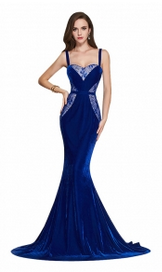
I’ve always felt a bit jealous of women who are able to wear backless dresses without a bra – but stick-ons have always seemed like a scary, nay, risky proposition. However, Fashion Forms stick on bras are Net-A-Porter approved, and are apparently worn by several stars under their red carpet gowns, so I thought I’d give their ‘Go Bare Ultimate Boost Strapless Backless Bra’ a try.
Sticking it on for the first time is tricky – there’s a 6-point list of instructions for how to take it on and off and you’re only advised to wear it for a maximum of 6 hours, meaning they wouldn’t work for a wedding. With no straps, you’re obviously relying only on the cup and although the brand caters for up to a size E, I didn’t feel entirely secure. That said, the shape was great once you’d got it on – smooth and bump free. Perhaps it’ll just take a few goes to convert to the stick-on revolution?
Après les années de pénurie de la Seconde Guerre mondiale, les femmes ont pu de nouveau retrouver une silhouette féminine pendant la période de prospérité des Trente Glorieuses, notamment grâce au New Look de Christian Dior (un style qui eut un écho dans le monde entier). Lorsqu’elle arrive en 1947, la révolution Dior propose une “silhouette sablier”. Le New Look se caractérise ainsi par un “volume corolle” sur les hanches, des vestes cintr
ées, une poitrine saillante et une taille étranglée par le retour du corset (au plus grand désespoir de Gabrielle Chanel, qui s’était battue pour libérer la femme de cet accessoire).
À cette époque, les femmes se réapproprient leur corps à travers la lingerie. De ce fait, la culotte gainante, la guêpière ainsi que les serre-taille sont revenus dans leur vestiaire, ce qui leur a permis de se glisser dans la silhouette taillée par Dior. Rien de tout cela n’était confortable, mais les femmes cherchaient avant tout à retrouver leur fé minité d’antan, laissant ainsi libre cours aux fantaisies les plus excentriques. Cette nouvelle mode était aux antipodes de celle des années 1920, quand les femmes essayaient d ’effacer leur poitrine, allant même jusqu’à porter une brassière pour aplatir leurs
seins – alors qu’au contraire les bullet bras accentuent les formes de ces dames.
Quarante ans plus tard, ces courbes artificiellement améliorées ont aussi été reprises par un certain Jean Paul Gaultier, qui confectionna l’iconique corset conique de Madonna pour son Blond Ambition Tour, en 1990. Après la mode unisexe, les “bullet bras” reviendront-ils dans nos vestiaires ? L’une des dernières collections de Stella McCartney pourrait bien nous le laisser croire. Affaire à suivre.

